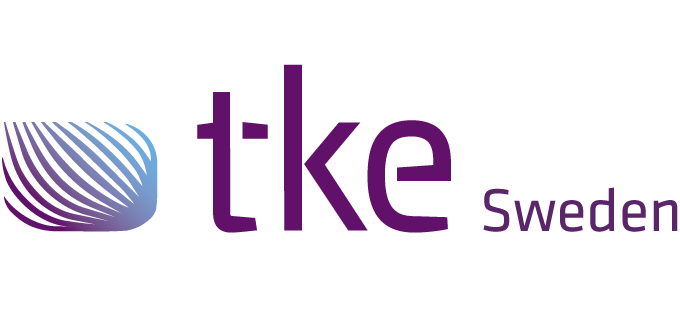How does data visualization improve decision making?
Data visualization is a powerful tool that transforms complex data sets into visual formats like charts and graphs, making it easier for decision-makers to understand and interpret the information. One of the primary benefits of data visualization in decision-making is improved comprehension. Visual representations allow stakeholders to quickly grasp intricate data patterns and trends that would be difficult to discern from raw data alone.
Another significant advantage is the ability to gain faster insights. By presenting data visually, teams can identify critical insights more rapidly, leading to quicker decision-making processes. Enhanced communication among team members is also a key benefit. Visualizations foster clearer communication by providing a common language and framework for discussing data-driven decisions, ensuring that everyone is on the same page.
How does data visualization facilitate better business strategies?
Data visualization plays a crucial role in shaping better business strategies by revealing trends, patterns, and correlations that inform strategic planning and growth. When data is visualized, it becomes easier to identify opportunities for improvement and innovation. For instance, visualizing sales data over time can highlight patterns that suggest new market opportunities or areas where resources could be reallocated for better results.
Moreover, data visualization helps businesses to monitor their key performance indicators (KPIs) effectively. By visualizing KPIs, organizations can track progress towards their strategic goals and make necessary adjustments in real-time. This proactive approach enables businesses to stay ahead of the competition and continuously refine their strategies based on concrete data insights.
What are the common tools and techniques used in data visualization?
There is a wide array of tools and techniques available for data visualization, each offering unique features to cater to different needs. Charts and graphs are among the most basic yet effective visualization techniques, used to represent data in a manner that’s easy to understand. More advanced options include dashboards, which compile multiple visualizations into a single view, providing a comprehensive overview of the data landscape.
Popular data visualization software includes Tableau and Power BI, both of which offer robust capabilities for creating dynamic and interactive visualizations. These tools are designed to help users make sense of large volumes of data, with features that allow for customization and real-time updates. By utilizing these tools, organizations can leverage data visualization to drive informed business decisions and strategies.
How can data visualization help in risk management?
Data visualization is instrumental in risk management by aiding organizations in identifying, assessing, and mitigating risks. Visual tools can highlight potential vulnerabilities in business operations by showcasing patterns and anomalies that might otherwise go unnoticed. For example, visualizing operational data can uncover trends that indicate potential supply chain disruptions, allowing businesses to address these risks proactively.
Furthermore, data visualization enables risk managers to assess the impact of various risk factors more effectively. By visualizing risk data, decision-makers can prioritize risks based on severity and likelihood, ensuring that resources are allocated efficiently to address the most critical threats. This approach enhances the organization’s ability to respond to risks in a timely and informed manner.
What are the challenges of implementing data visualization?
Despite its numerous benefits, implementing data visualization can present several challenges. One common obstacle is data quality issues. Inaccurate or incomplete data can lead to misleading visualizations, which in turn can result in poor decision-making. Ensuring high-quality data is essential for accurate and reliable visual representations.
Integration problems also pose a challenge, as organizations often need to integrate data from multiple sources into a single visualization platform. This process can be complex and time-consuming. Additionally, there is a need for skilled personnel who can effectively interpret and utilize data visualization tools. Training staff to use these tools proficiently is crucial for maximizing their potential and ensuring that the organization derives the most value from its data visualization efforts.
In conclusion, data visualization holds the key to unlocking insights that drive better decision-making and business strategies. By overcoming the challenges associated with its implementation, organizations can leverage this powerful tool to enhance communication, facilitate risk management, and foster strategic growth. Our expertise in CAN-bus technology can further support businesses in implementing effective data visualization solutions, helping them navigate the complexities of their data landscapes.



